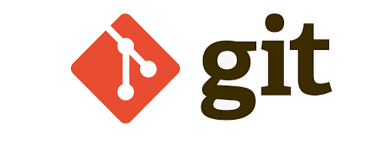HTTP Request and Response with example
In client-server communication, interactions are driven by HTTP requests sent by the client and HTTP responses returned by the server. These exchanges enable data retrieval, form submissions, image uploads, and more. For example, an HTTP GET request allows a client to fetch resources from a server, while an HTTP POST request facilitates data submission or file uploads. Servers process these requests and return either the requested resource, the result of an operation, or an error message in the response.
For hands-on practice, you can use the Blogshub echo service to send an HTTP request and observe the corresponding HTTP response.
What is HTTP?
The Hypertext Transfer Protocol (HTTP) is a widely-used communication protocol for transferring data between clients and servers. It is based on a client-server architecture:
- A client application sends a request to the server.
- The server processes the request and sends back a response.
This simple yet robust structure powers web browsing, API interactions, and more.
HTTP Request Structure
An HTTP request consists of the following key components:
1. Request Line
The first line of the HTTP request contains:
- HTTP Method: A command like GET, POST, PUT, or DELETE, indicating the desired action.
- URL Path: Identifies the resource being requested.
- HTTP Version: Specifies the protocol version (e.g., HTTP/1.1).
2. Request Headers
HTTP request headers are key-value pairs that provide additional context, such as:
- Authentication credentials (e.g., tokens or cookies).
- Accepted content types (e.g., JSON or HTML).
3. Request Body
The message body carries the actual data being sent to the server. For example:
- POST requests include form data or file uploads.
- GET requests typically do not include a message body.
HTTP Response Structure
An HTTP response mirrors the structure of a request, with key elements such as:
1. Status Line
The status line provides a quick summary of the response, including:
- HTTP Version: Indicates the protocol version.
- Status Code: A numerical code indicating success, error, or redirection (e.g., 200 OK, 404 Not Found).
- Reason Phrase: A textual description of the status code.
2. Response Headers
Response headers include metadata about the server, response, or caching rules. These headers help clients interpret and handle the response effectively.
3. Response Body
The response body contains the requested resource or result of the operation. For instance:
- A successful GET request returns the resource data.
- A failed request might include error details in the body.
Example: HTTP Request and Response
Below is an example of an HTTP GET request to the Blogshub echo URL:
GET /example-path HTTP/1.1
Host: blogshub.co.in
User-Agent: Mozilla/5.0 (Windows NT 10.0; Win64; x64) AppleWebKit/537.36 (KHTML, like Gecko) Chrome/91.0.4472.124 Safari/537.36
Accept: application/json
Connection: keep-alive Sample Response:
HTTP/1.1 200 OK
Content-Type: application/json
Content-Length: 123
{
"message": "This is a response example.",
"status": "success"
} This structured communication enables seamless client-server interactions, forming the backbone of modern web and API systems.
Keep Learning 🙂

